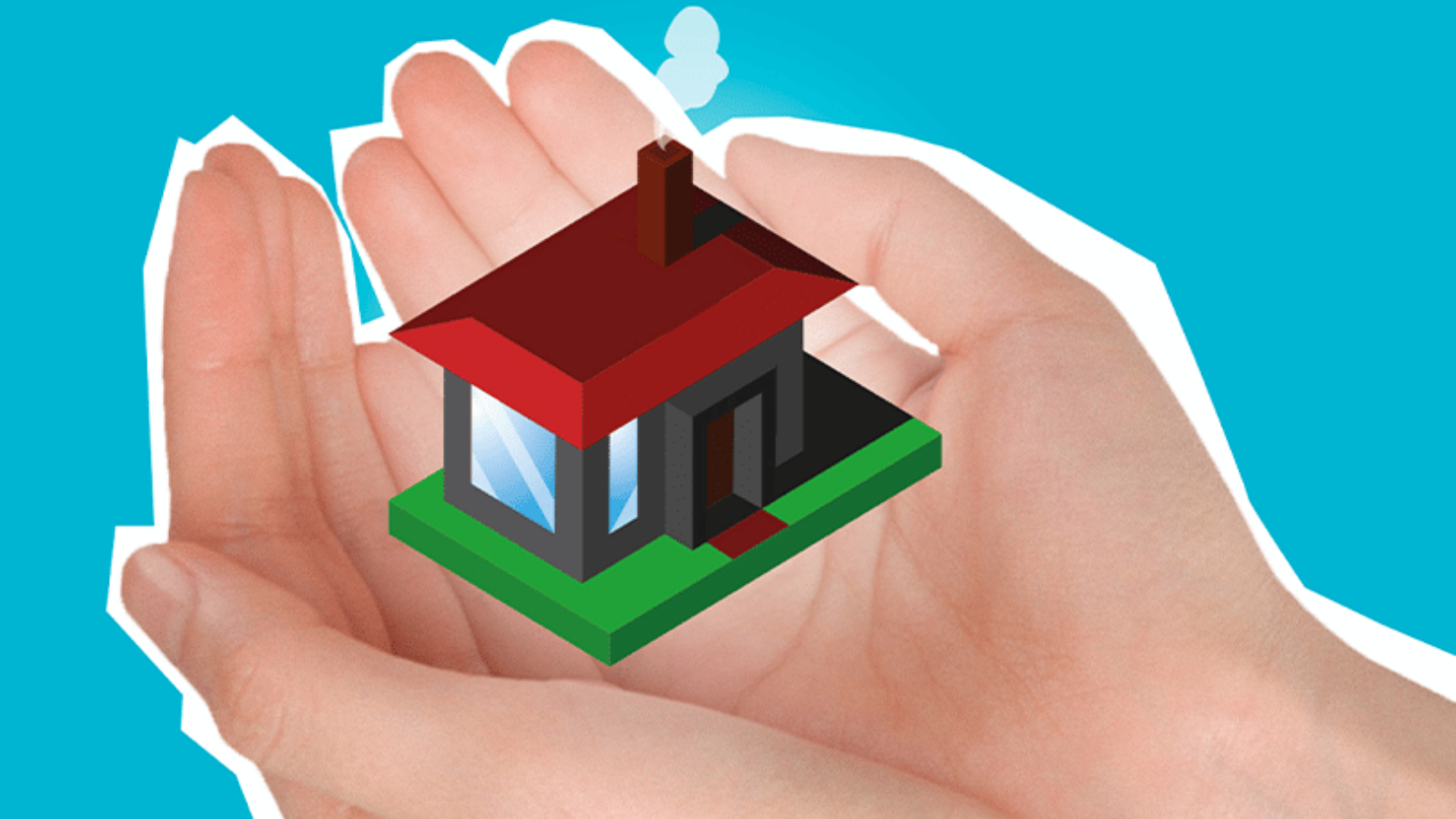Coming into this year, most experts projected mortgage rates would gradually increase and end 2022 in the high three-percent range. It’s only May, and rates have already blown past those numbers. As all eyes are on the 30-year fixed mortgage rate, it’s a great time to look back at historical fluctuations
- Rates in 1971 were in the mid-7% range, moving up steadily until they were at 9.19% in 1974. They briefly dipped down into the mid- to high-8% range before climbing to 11.20% in 1979.
- Interest rates reached their highest point in modern history in 1981 when the annual average was 16.63%. Fixed rates declined from there, but they finished the decade around 10%.
- The average mortgage rate in 1990 was 10.13%, but it slowly fell, finally dipping below 7% to come in at 6.94% in 1998.
- Mortgage rates steadily declined from 8.05% in 2000 to the high-5% range in 2003. As the GREAT RECESSION hit, mortgage rates fell almost a full percentage point, averaging 5.04% in 2009.
- Mortgage rates entered the 2010’s around 4.69%, falling steadily and were in the mid-3% range by 2012. In 2013, rates went up to 3.98% when the bond market panicked a little bit when the Federal Reserve said it would stop buying as many bonds. Rates rose to 4.17% in 2014 falling back to 3.85% in 2015.
- By 2016 they averaged 3.65%. Rates began to rise after the 2016 presidential election, reaching their peak at the end of 2018/start of 2019…. between 3.95% on the low end and 5.34% on the high end.
- By January 2020 came around, the average rate for a 30-year fixed was about 3.7%. When COVID hit they dipped into the 2’s, hitting a low in December 2020 at 2.68%!
Whether you’re thinking about buying your first home, moving up to your dream home, or downsizing because your needs have changed, purchasing before mortgage rates rise even higher will help you take advantage of today’s homebuying affordability. That could be just the game-changer you need to achieve your homeownership goals.
[/et_pb_text][/et_pb_column][/et_pb_row][/et_pb_section]
